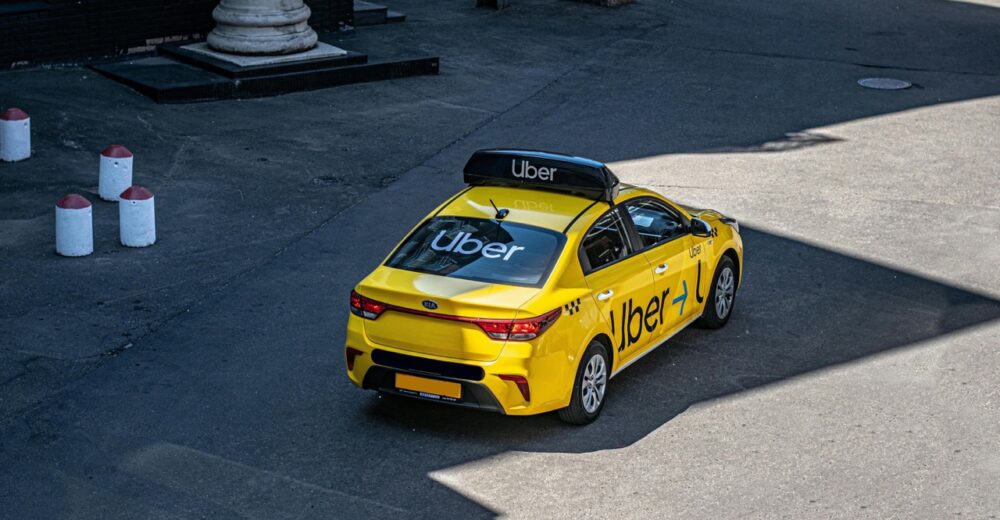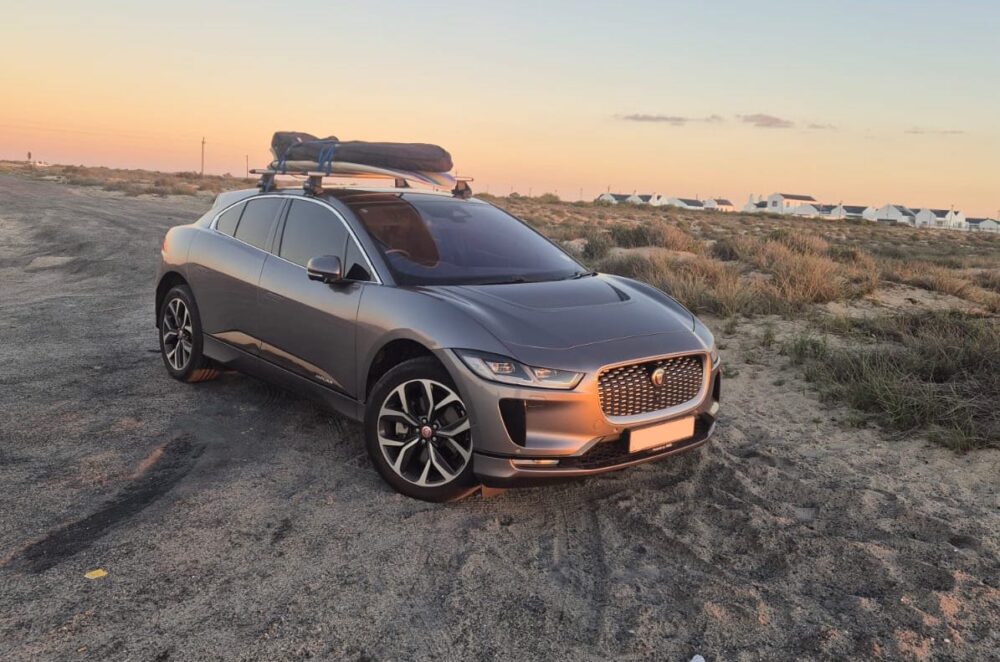Toyota, now the world’s leading carmaker, didn’t start out building cars at all. It began by making looms.
The story starts with Sakichi Toyoda, an inventor known for creating textile machines. His most famous invention was the automated power loom, which earned him the title “Father of the Japanese Industrial Revolution”.
After graduating from university, his son Kiichiro Toyoda joined the family business. Between 1929 and 1930, Kiichiro traveled through Europe and America to study weaving technology.
But on those trips, something else caught his eye: the automobile industry. It was still young, but Kiichiro saw huge potential.
When he returned to Japan, he was obsessed with the idea of building cars, even though he knew little about auto production.
Pushback and support from Sakichi Toyoda
At first, Sakichi, his father, thought cars were a risky distraction. But he eventually backed his son’s vision.
That same year, in 1929, Sakichi sold the rights to one of his looms to a British company. He gave the proceeds to Kiichiro to fund research and development for Toyota’s first automobiles.
This led to the creation of Toyota’s automotive division in 1933. Just three years later, in 1936, the company launched its first production car: the Model AA.
Table of content
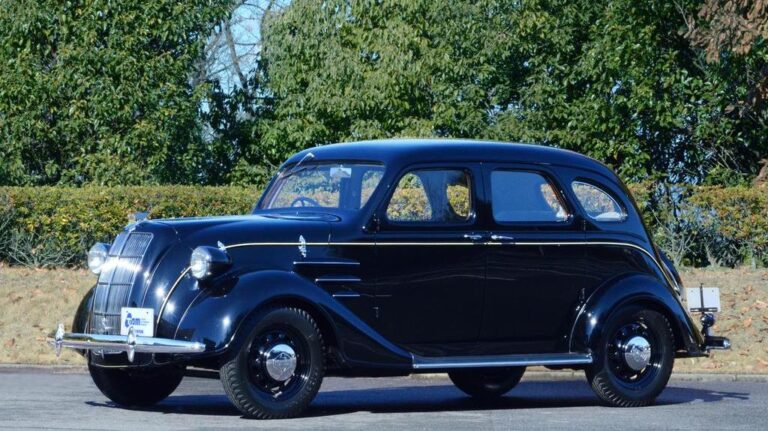
Post war global expansion
After World War II, Japan’s economy was in ruins, and Toyota was hit hard. The company came close to bankruptcy.
But survival came through a mix of tough choices and good fortune.
Toyota secured loans from a few banks, laid off some staff, and, most importantly, received an order from the U.S. military for 5,000 vehicles. That lifeline kept the company alive.
By 1957, Toyota introduced the Crown, its first car built for export. It also became the first Japanese car sold overseas.
A few years later, in 1964, Toyota began exporting to Europe, starting with Finland, the Netherlands, and Belgium.
South Africa was also an early priority. In 1961, Toyota set up Toyota South Africa Motors (TSAM) in Durban to assemble Land Cruisers and pickups.
Given the country’s demanding conditions, the focus was on rugged vehicles that could handle farms, mines, and tough terrain.
Toyota's Production philosophy
Toyota’s production philosophy also took shape during these years, driven by two core principles. The first was Jidoka, which means production stops whenever a defect is found.
The second was Just-in-Time (JIT), which meant producing only what was needed, when it was needed.
Together, these ideas reduced waste and laid the foundation for Toyota’s legendary efficiency.
Toyota cars that have shaped the brand
Toyota Crown
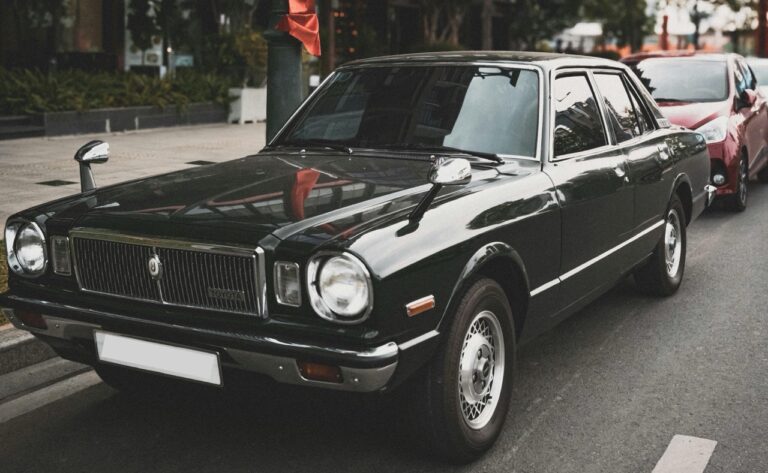
Introduced in 1955, the Toyota Crown was the first passenger car designed and built entirely in Japan.
It was Toyota’s way of proving that Japanese cars could compete with the best in the world.
The early Crown models had a boxy design and a comfortable ride, making them popular with government officials and business leaders.
Over time, the car evolved from a practical sedan into a symbol of prestige in Japan.
The Crown also became Toyota’s first export model, paving the way for global expansion. Its appeal wasn’t about raw power, it was about smooth performance and reliability.
That mix of comfort and durability resonated with everyday drivers.
In many ways, the Crown served as a bridge. It carried Toyota from being a domestic player to becoming an international force. Even today, the Crown continues to evolve, now offered as a sleek hybrid-powered crossover.
Toyota Corolla
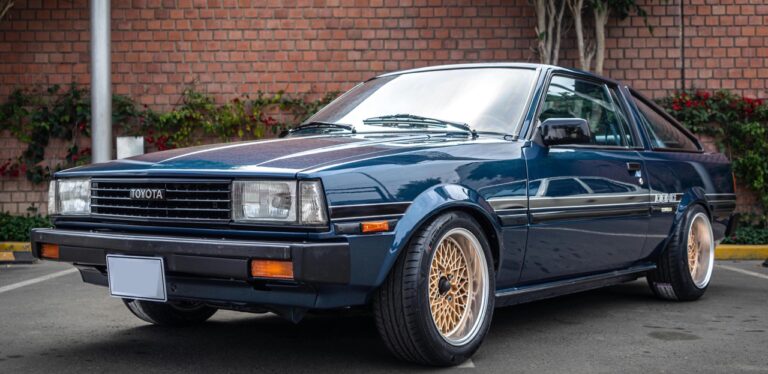
The Toyota Corolla, launched in 1966, quickly became a global icon, and it still holds that status today.
It was designed to be simple, affordable, and reliable, a car built for everyday drivers.
Its clean design and practical size made it especially appealing to families, students, and first-time buyers.
Over the years, the Corolla has evolved with sharper styling, advanced safety features, and hybrid options. But it has never lost its reputation for dependability.
Performance-wise, the Corolla isn’t flashy. It offers fuel-efficient engines, smooth handling, and just enough power for comfortable city and highway driving.
That combination has won it millions of fans.
The results speak for themselves: with more than 50 million sold worldwide, the Corolla is the best-selling car in history.
Toyota Corolla Cross
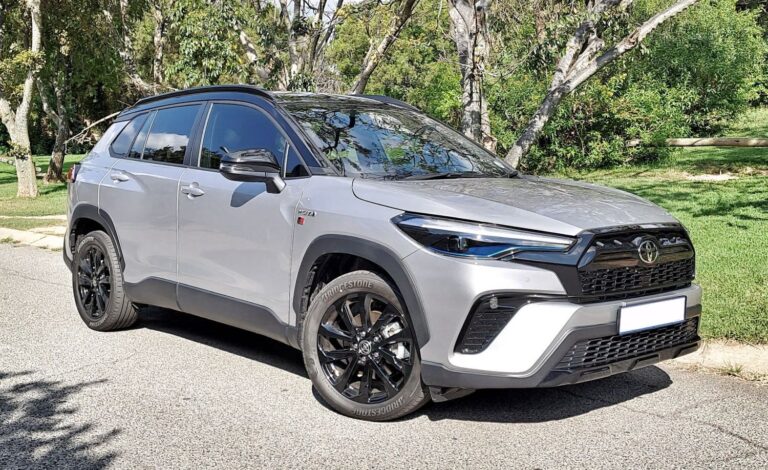
Launched in 2020, the Toyota Corolla Cross was proof of Toyota’s ability to adapt to the changing world and car market.
It takes the world’s best-selling car, the Corolla, and stretches it into a stylish, compact SUV.
Higher ground clearance, roomy interior, and a confident stance that appeals to families and young professionals alike.
Its impact is huge: it bridges the gap between hatchbacks and larger SUVs, giving buyers that wanted the best of both worlds the perfect choice.
Toyota Century
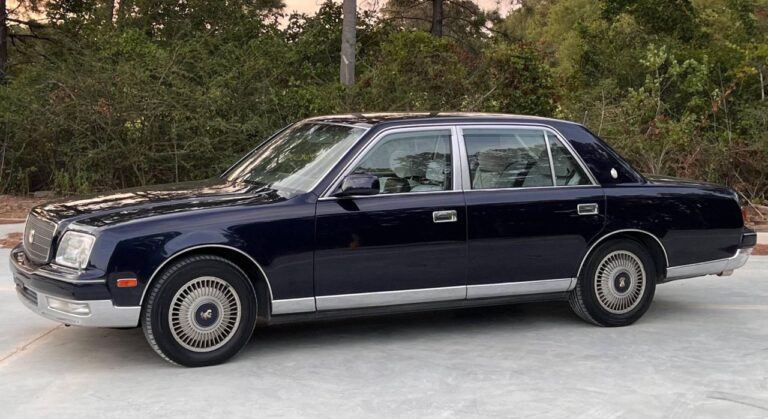
The Toyota Century, launched in 1967, became the brand’s flagship luxury sedan.
It was built for Japan’s elite: government officials, business leaders, and even members of the Imperial family.
Unlike flashy European luxury cars, the Century projected quiet dignity. Its design was simple but commanding, with clean lines and a stately presence that whispered prestige.
Under the hood, it featured powerful V8 and V12 engines over the years. Inside, every detail was handcrafted: plush seats, fine wood finishes, and technology designed for comfort and discretion.
Though rarely sold outside Japan, the Century represents something bigger.
It embodies Japan’s tradition of understated luxury and remains Toyota’s timeless masterpiece of refinement.
Toyota Supra
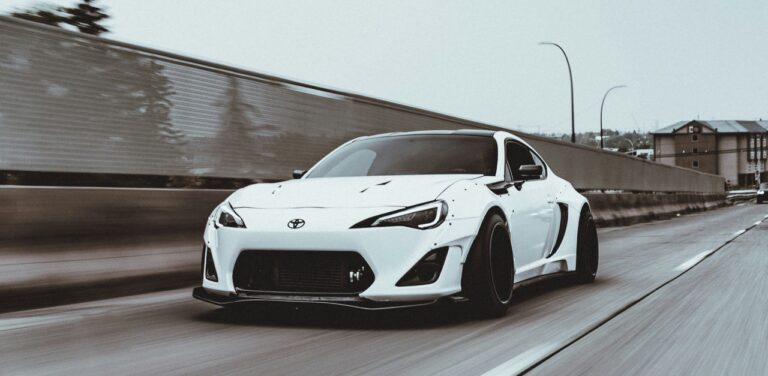
The Toyota Supra, first introduced in 1978, has become one of the world’s most celebrated sports cars.
From the start, its design stood out: sleek aerodynamics, a long hood, and bold styling that turned heads.
Its performance matched its looks. With powerful inline-six engines, sharp handling, and rear-wheel drive, the Supra earned its reputation as a true driver’s car.
The fourth-generation Supra, released in the 1990s, became a legend thanks to its tuning potential and its starring role in motorsport and pop culture, including the Fast & Furious franchise.
Today’s Supra, co-developed with BMW, carries that legacy forward.
Toyota Camry
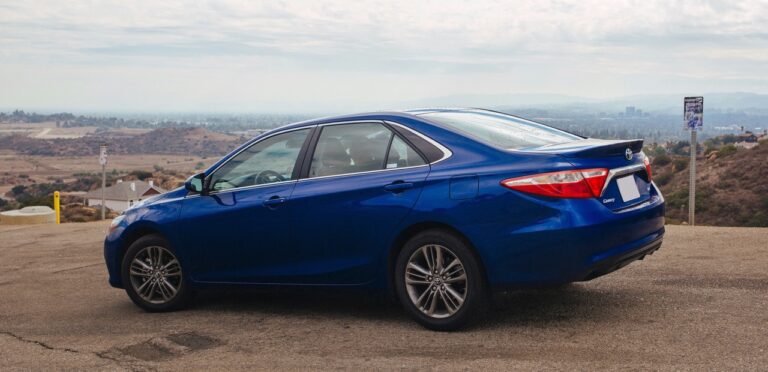
Camry made its debut in 1982 as a successor to the Corona, and it quickly grew into Toyota’s global flagship sedan.
Its name comes from the Japanese word kanmuri, meaning “crown”, on brand with Toyota’s tradition of royal themed names.
In the 1980s and 90s, the Camry earned a reputation for its reliability and smooth driving and became the go-to family car in markets like the U.S. and Australia.
While it was never as dominant in South Africa as the Corolla, the Camry built a loyal following among executives and taxi operators who valued its comfort and durability.
By the 2000s, the Camry had become larger, more refined and a worthy rival for luxury models while staying affordable.
Hybrid technology further cemented its global success, making it one of the best-selling cars of all time.
Toyota Avalon
Toyota launched the Avalon in 1995 as its flagship sedan, offering luxury comfort at a Toyota price.
By 2019, the fifth-generation Avalon adopted Toyota’s advanced platform and a bold new design. Its long body, big grille, and clean lines gave it the presence of an executive car.
Inside, the Avalon signaled refinement with high-quality materials, ambient lighting, and a spacious back seat.
A large trunk and practical layout made it comfortable for families as well as executives.
Positioned above the Camry, it became Toyota’s top sedan until its discontinuation in 2022.
Toyota Yaris
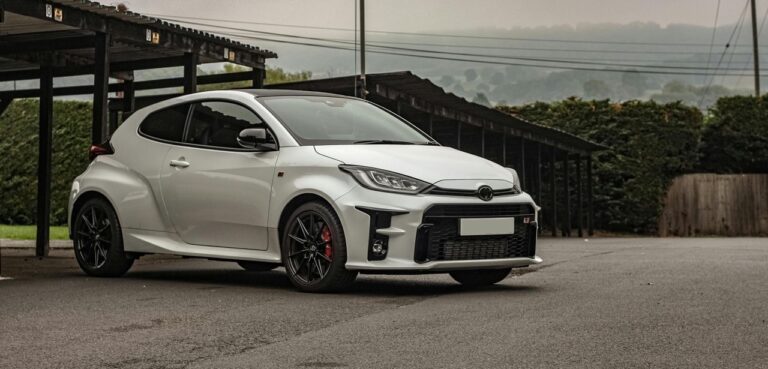
Yaris launched as Toyota’s top subcompact in 1999 to a lot of fanfare. The first gen Yaris even won European Car of the Year for its clever “big-small” design.
Despite its size, the cabin of the Yaris was surprisingly spacious and used soft-touch materials unusual for vehicles in this class.
Under the hood it uses Toyota’s 1.5L Dynamic Force engine which, together with its great steering and chassis, made it a lively car to drive.
Today, the Toyota Yaris continues to stand out as a thrifty, well-equipped city car that surprises drivers with its engaging and spirited drive.
Toyota SUVs
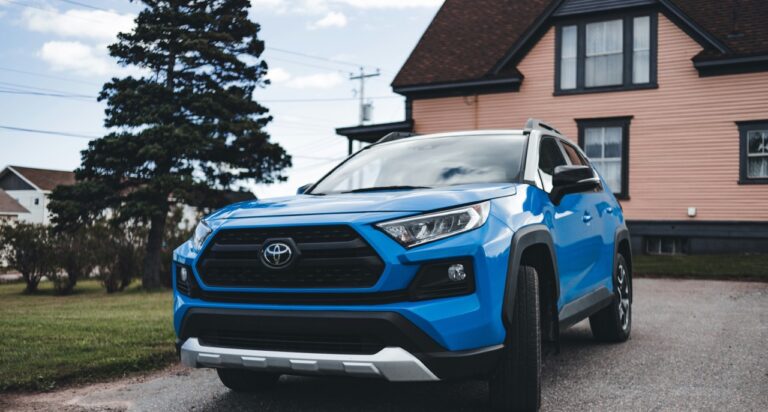
Toyota Land cruiser
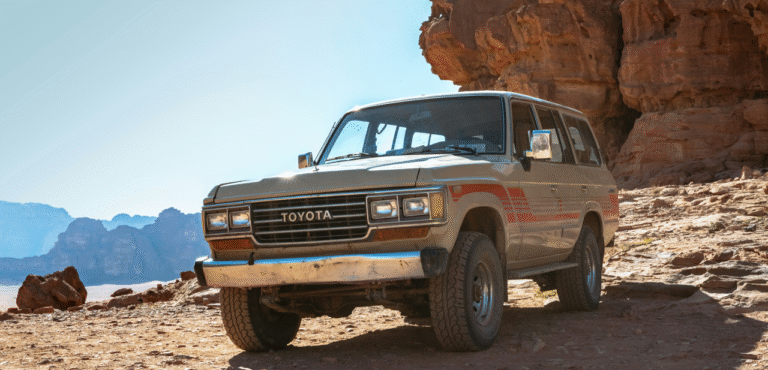
The Land Cruiser’s story began in 1951 with the Toyota “Jeep BJ,” built for Japan’s National Police Reserve.
It proved its toughness early, climbing to the sixth station of Mount Fuji, an achievement that signaled Toyota’s durability.
In 1954, it was renamed the Land Cruiser, a nod to its rugged, go-anywhere nature.
Through the 1960s and 70s, the Land Cruiser became popular in Africa, the Middle East, and Australia. Farmers, miners, and adventurers relied on it to handle brutal conditions.
South Africa was one of its strongest markets. With rough terrain and tough working environments, the Land Cruiser earned legendary status on farms and game reserves.
By the 1980s, Toyota refined the model with more comfort and technology, expanding its appeal beyond workers to families and officials.
The modern 200 Series (2007) and 300 Series (2021) combine luxury with that same indestructible DNA, keeping the Land Cruiser’s reputation intact.
Toyota Rav4
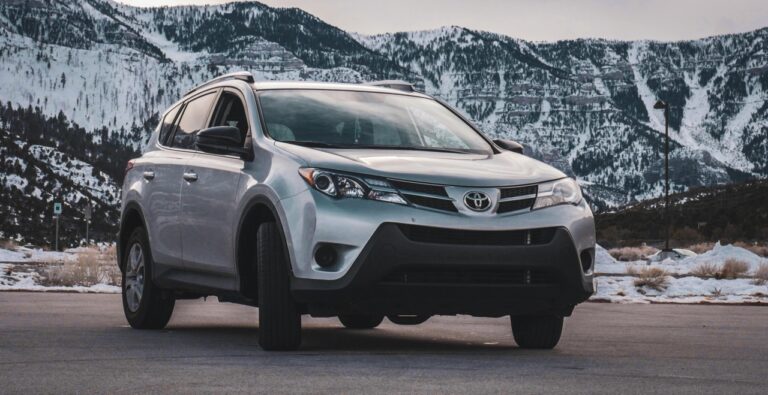
The RAV4, first launched in 1994, practically invented the “crossover SUV” category. Before it, SUVs were either massive off-roaders or small hatchbacks; the RAV4 blended the two.
Its name stands for “Recreational Active Vehicle with 4-wheel drive,” and its compact size, car-like handling, and decent off-road chops made it a hit with urban drivers who wanted adventure without the bulk.
Through the late 1990s and 2000s, the RAV4 grew larger and safer, while keeping its playful spirit.
It became especially popular in Europe and South Africa, where its efficiency and versatility fit both city commutes and rural trips.
By the fourth and fifth generations, Toyota stepped up its styling and hybrid technology on the RAV4, cementing it as one of the world’s best-selling SUVs.
Its historical impact is huge as it set the template for today’s crossover craze.
Toyota 4runner
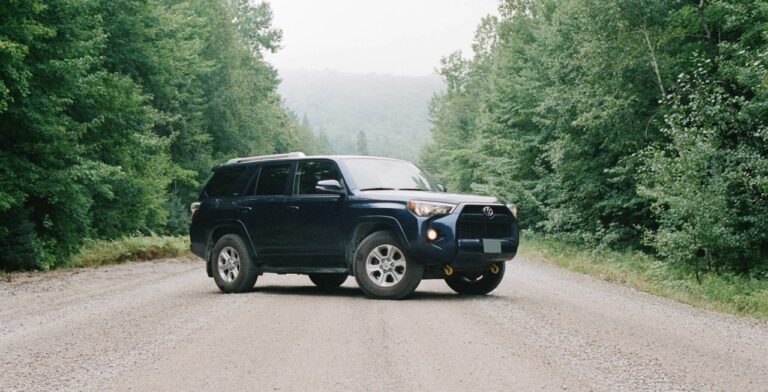
The Toyota 4Runner first appeared in 1984 as a rugged, no-nonsense SUV built from the Hilux pickup platform.
In its early years, it looked more like a Hilux with a fiberglass canopy, but that tough foundation is exactly what made it so capable.
The 4Runner appealed to drivers who needed a family vehicle during the week and an off-road beast on weekends.
Through the 1990s, Toyota expanded the 4Runner’s appeal, giving it more comfort, a dedicated body style, and stronger engines while keeping its off-road soul intact.
By the 2000s, the 4Runner carved out a niche for those who wanted real 4×4 capability without stepping up to a massive Land Cruiser.
In the South African market, it never sold in the same numbers as the Fortuner, but globally it became an icon, especially in the U.S., where it’s beloved by overlanders and adventurers.
Toyota Fortuner
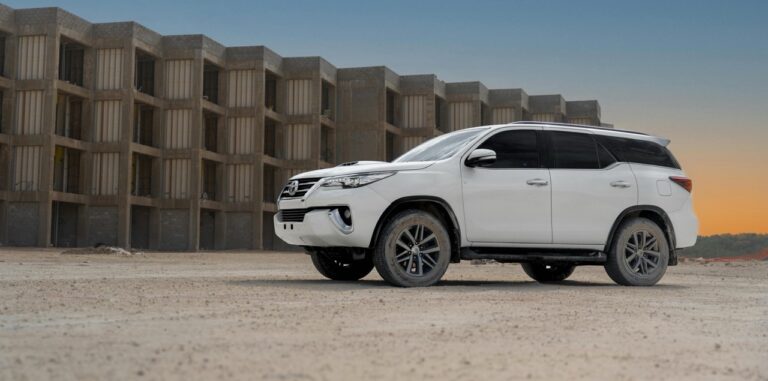
The Fortuner arrived in 2004 as part of Toyota’s IMV project, which also produced the Hilux and Innova.
Built on the Hilux’s ladder-frame chassis, the Fortuner was designed for emerging markets that needed a durable seven-seater to handle poor roads and heavy loads.
South Africa embraced it quickly. Strong turbodiesel engines, rugged suspension, and practical interiors made it perfect for farms, long-distance travel, and family life.
Over time, Toyota polished the Fortuner with sharper styling and more comfort features.
But it never lost its utilitarian heart, which is why it’s still one of South Africa’s best-selling SUVs today.
Toyota Urban cruiser
The Urban Cruiser doesn’t have the decades of history behind it, but it still matters.
It first appeared in 2006 in Japan as a rebadged Toyota Ist, and in Europe as a compact SUV below the RAV4.
The goal was to give younger, city-based buyers an affordable entry into Toyota’s SUV lineup.
In South Africa, the Urban Cruiser gained traction in the 2020s as a rebadged Suzuki Vitara Brezza.
While it lacks the legacy of the Land Cruiser or RAV4, it plays its role well: introducing first-time buyers to Toyota SUVs on a budget.
Rugged Toyota pickup trucks
Toyota Hilux
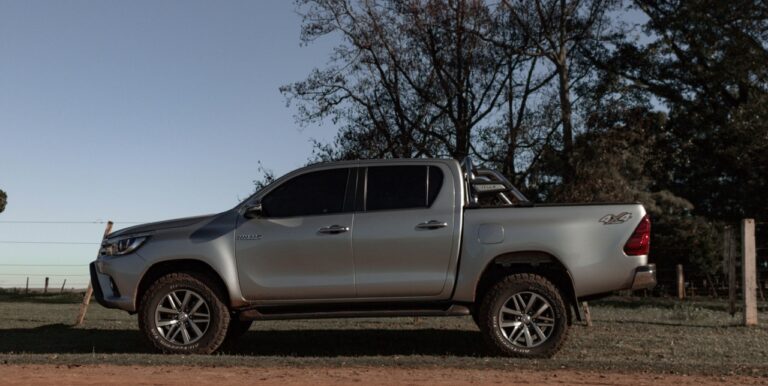
Few vehicles carry as much legend as the Toyota Hilux. Launched in 1968, it was built as a simple utility pickup but grew into a global icon of toughness.
Even its name tells a story: “Hi” for high and “Lux” for luxury. Toyota wanted a truck that could work hard while still offering comfort.
The Hilux cemented its reputation in the 1970s and 80s. From mines and farms to construction sites across Africa, Australia, and South America, it became the truck people trusted to handle anything.
In South Africa, the Hilux became more than just a workhorse. It turned into a cultural icon, equally at home on farms, battlefields, and family road trips.
The Hilux’s history is filled with wild stories, surviving war zones, enduring torture tests on TV, and refusing to die.
Toyota Tacoma
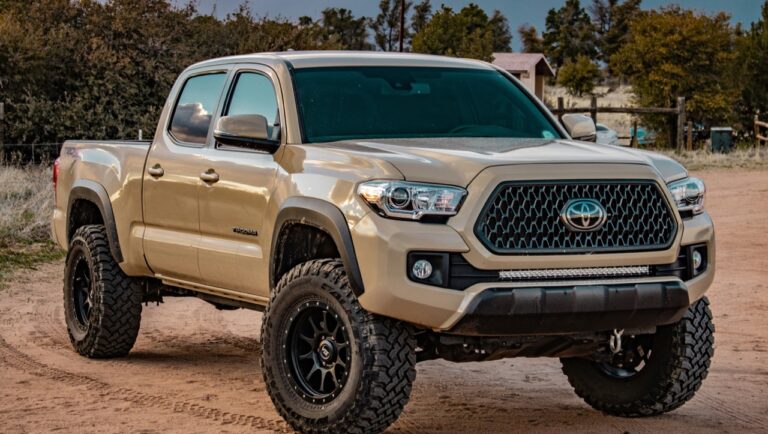
The Toyota Tacoma was introduced in 1995 for the North American market. It was Toyota’s answer to America’s love for midsize pickups.
Where the Hilux was the farmer’s and worker’s truck, the Tacoma became the adventurer’s truck.
It appealed to outdoor enthusiasts who wanted off-road packages, rugged dependability, and a truck that fit the weekend warrior lifestyle.
The Tacoma carved out a loyal following in the U.S., growing alongside America’s overlanding culture. It became the go-to choice for explorers, campers, and DIY adventurers.
While it was never sold in South Africa, the Tacoma shares the Hilux’s DNA.
The Hilux became the trusted workhorse; the Tacoma became the badge of honor for people chasing adventure.

